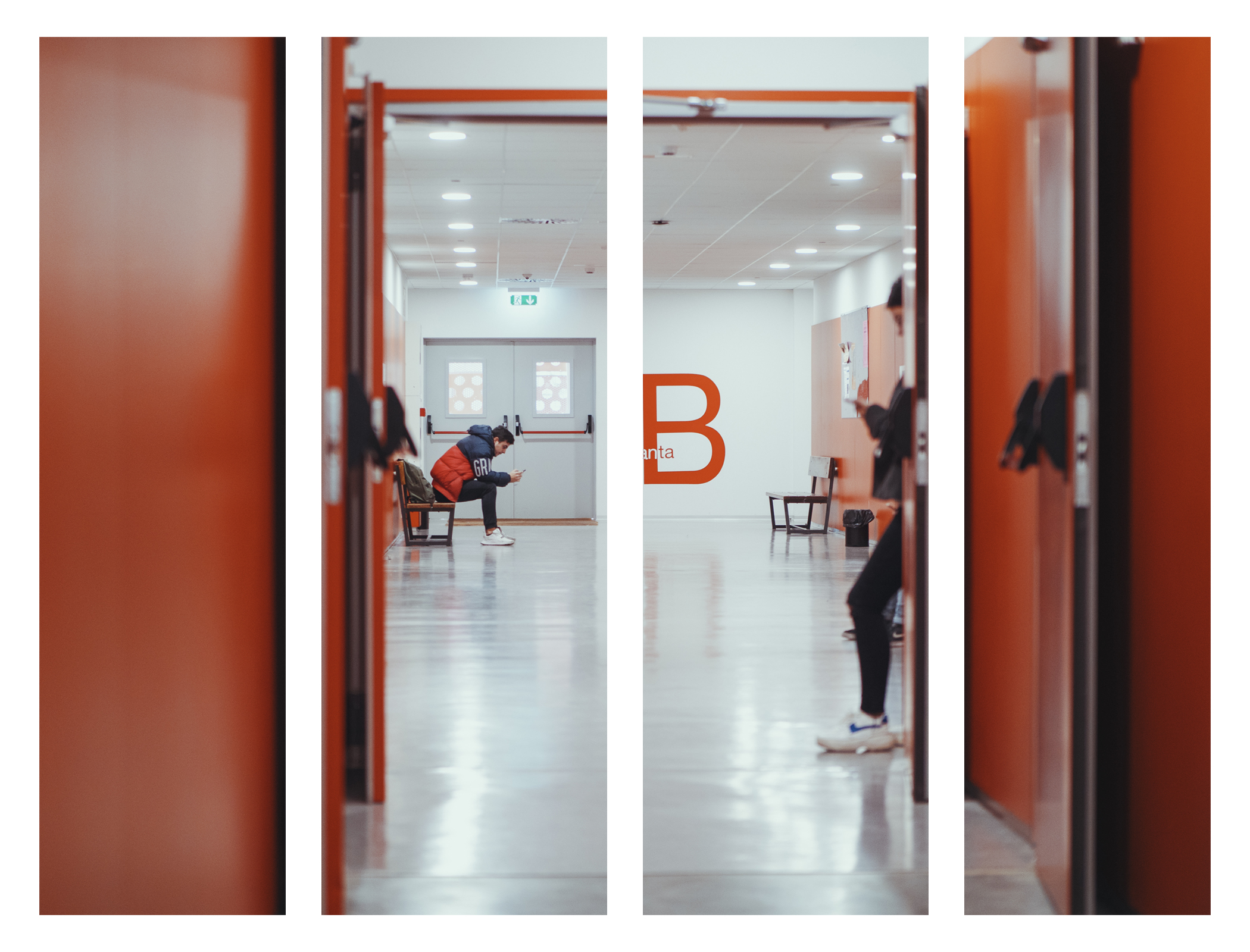The defences took place on 1 and 12 March and could be followed through the webex platform.
Rosario Rodero defended her doctoral dissertation on 1 March: “Optimisation of biogas upgrading in algal-bacterial photobioreactors at pilot and demo scale”, directed by ISP members Raquel Lebrero and Raúl Muñoz. In this research, the systematic evaluation of the influence of environmental and operational parameters on the performance of photosynthetic biogas upgrading, the development and validation of a control system to optimise the operability of the process, the improvement of biomass harvesting through the use of flocculation, as well as the evaluation of the process on a semi-industrial scale were carried out. The results obtained lead to an improvement in the performance of the biogas upgrading process based on algae and bacteria photobioreactors, and a first step towards the industrialisation of this biotechnology. Its commercialisation will contribute to the increased use of biogas generated from organic waste as a substitute for natural gas via upgrading in a cost-effective and environmentally sustainable way.
David Marín defended his doctoral dissertation on 12 March: “Innovative technologies for biogas upgrading”, directed by Raúl Muñoz and Raquel Lebrero. This dissertation addressed the development of innovative technologies to overcome the current limitations of physicochemical and biological technologies dedicated to the transformation of biogas into biomethane. Three different technologies were studied; firstly, the purification of biogas in algae and bacteria photobioreactors under outdoor conditions, where the influence of seasonal and diurnal variations of solar radiation, number of sunshine hours and temperature on the quality of the improved biogas was evaluated, while a semi-industrial scale validation was developed to promote its acceptance by the industrial sector. Secondly, biogas purification was studied by means of an innovative physico-chemical process based on the simultaneous removal of H2S and CO2 from biogas, through the use of an Fe/EDTA/carbonate solution and, finally, the potential and limitations of phototrophic purple bacteria in the biogas purification process coupled to the simultaneous treatment of swine wastewater were studied.



